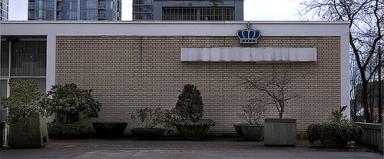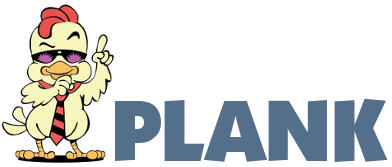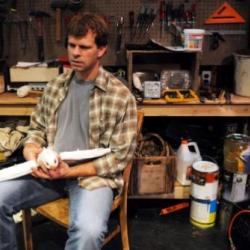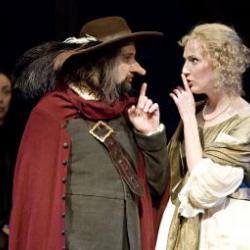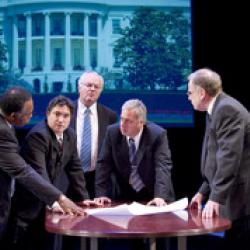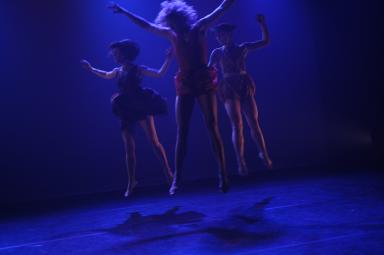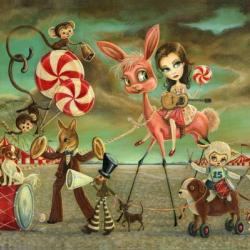Civic Election Countdown #2: creativity needs housing.
This is part two of Plank’s civic election series.
What’s a “Creative City”? Civic leaders in Vancouver and around the world have taken up the cry. Creativity, they say, now drives the urban economy. Not factory work, not farming, not logging. So you’ve got to have a city that’s friendly to creative types. You’ve got to have a robust “Creative Class.” Who exactly are the new agents of prosperity? Are you one of them?
A few years ago Richard Florida, an urban development theorist, put forward the idea that a city requires a concentration of high-tech workers, artists, musicians and lesbians and gays (among other professional and sexual-orientation categories) in order to achieve urban renewal and economic growth. These people are the innovators, the idea people, the content providers; they spawn new micro and macro industries and they make cities attractive places to live.
Florida’s theory, while spawning a best selling book, quickly ran afoul of other theorists. Ann Markusen, a heavyweight American scholar and consultant, argues that Florida’s “creative class” is an overburdened category: it includes, for example, claims adjusters, food-service managers, and tax collectors (routine occupations), but leaves out home-care workers, repair technicians, and petty criminals (‘occupations’ that require a high degree of inventiveness).
